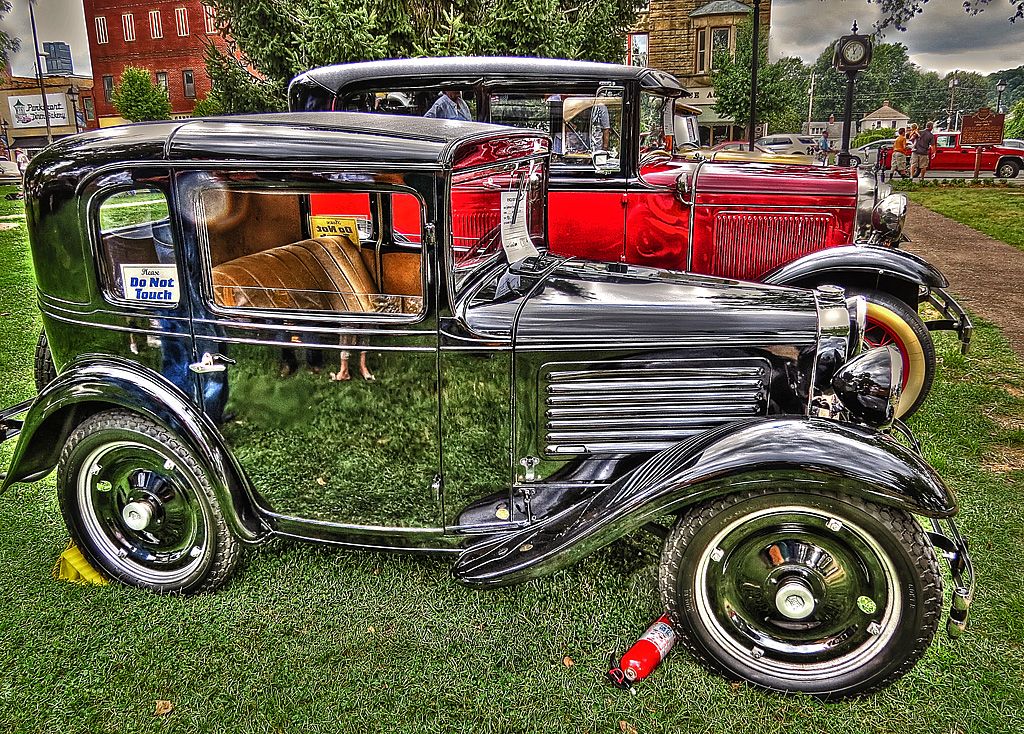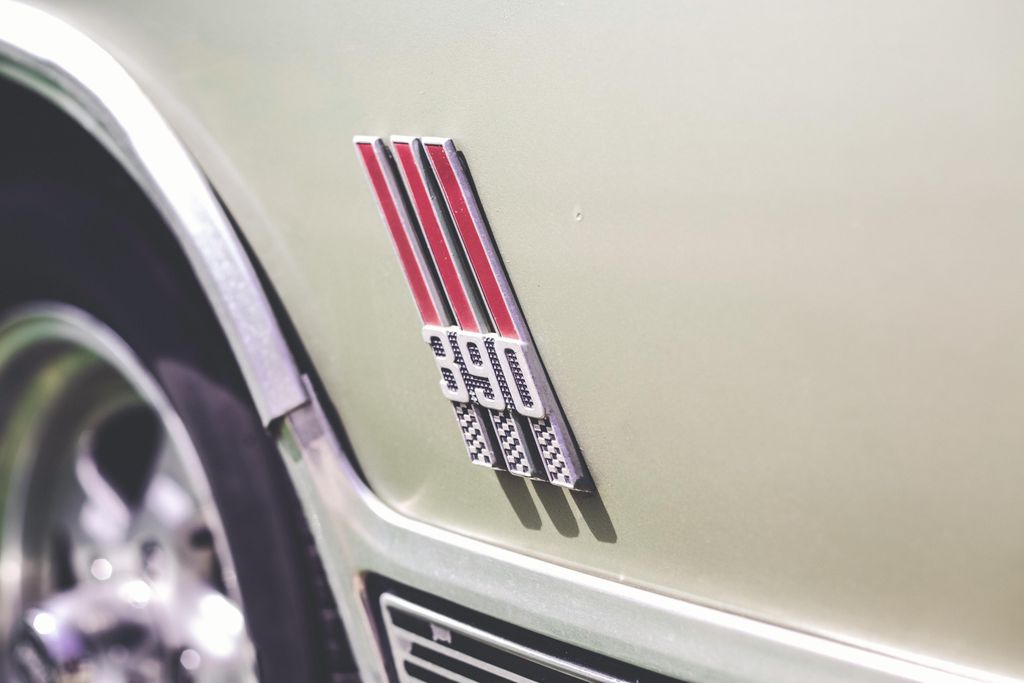
Hey there, car fanatics and nostalgia lovers! Ever find yourself scrolling through old photos and spotting that first car, or maybe the dream machine from your teenage years? We absolutely get it! The thrill of hitting the open road, the independence of your own wheels – it’s a feeling etched into our collective memory. Get ready to take a joyride down memory lane as we celebrate some of the most iconic vehicles that left an unforgettable mark on history and undeniably defined their generations.
These aren’t just cars; they’re vivid time capsules, symbols of innovation, profound cultural shifts, and often, our very first tastes of freedom. From groundbreaking designs that literally put the world on wheels to sleek, roaring machines that screamed rebellion and exhilarating speed, each model we’re about to explore has a rich story that resonates powerfully across decades. They’ve been our trusty companions, our ultimate status symbols, and sometimes, the very reason we learned to change a tire (or at least call someone who could!).
So buckle up, because we’re about to delve into the legendary four-wheeled wonders that transcended mere transportation to become true global icons. Whether you owned one, passionately dreamed of one, or just saw them zipping by, these vehicles sparked something undeniably special in the hearts of millions. Let’s kick off our incredible trip through automotive history with the first half of our magnificent dozen, each a testament to engineering brilliance and timeless appeal!
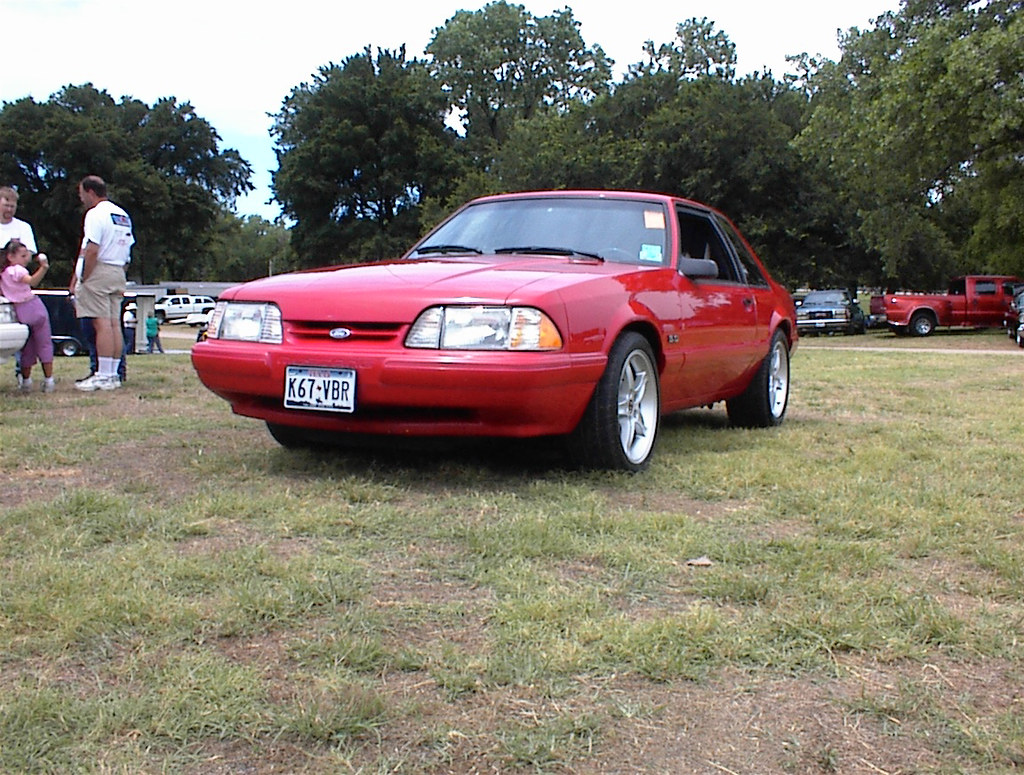
1. **Ford Model T**Imagine a time when cars were a luxury reserved exclusively for the wealthiest few, a distant dream for the average family. Then, boom! The Ford Model T arrived, completely flipping that script and democratizing personal transportation for everyone. Produced with astounding consistency from 1908 to 1927, this automotive game-changer didn’t just introduce a new vehicle; it initiated a social revolution by finally making cars genuinely affordable for the average American. It truly was the beginning of a new era.
Affectionately nicknamed the “Tin Lizzie,” this isn’t merely a car; it holds the distinction of being the first automobile ever to be mass-produced using those now-legendary assembly line techniques. This brilliant innovation didn’t just transform car manufacturing, making production incredibly efficient and cost-effective. More profoundly, it had a colossal impact on society itself, making personal mobility accessible to literally millions and reshaping how people lived, worked, and travelled. Suddenly, distant towns were within reach, and possibilities expanded exponentially.
The Model T’s incredible legacy continues to influence us, cruising strong even today, as it meticulously set the foundational stage for all modern car production methods we currently employ. Its pioneering spirit in bringing automotive ownership to the masses remains unparalleled. It’s truly hard to imagine our daily commutes and road trips without acknowledging how this legendary vehicle paved the way for every single car that has followed in its tracks. What an absolutely monumental start to our list of generational icons!
Car Model Information: 2023 Alfa Romeo Stelvio Veloce AWD
Caption: 1925 Ford Model T Touring Car
Manufacturer: Ford Motor Company
Production: October 1908 – May 1927
Assembly: collapsible list
Designer: Childe Harold Wills
Class: Economy car
BodyStyle: collapsible list
Layout: FMR layout
Engine: straight-4
Transmission: planetary gear
Wheelbase: 100.0 in
Abbr: on (1912 roadster)
Length: 134 in
Width: 1676 mm
Height: 1860 mm
Weight: convert
Predecessor: Ford Model N
Successor: Ford Model A (1927–1931)
Categories: 1900s cars, 1908 establishments in the United States, 1910s cars, 1920s cars, All articles needing additional references
Summary: The Ford Model T is an automobile that was produced by the Ford Motor Company from October 1, 1908, to May 26, 1927. It is generally regarded as the first mass-affordable automobile, which made car travel available to middle-class Americans. The relatively low price was partly the result of Ford’s efficient fabrication, including assembly line production instead of individual handcrafting. The savings from mass production allowed the price to decline from $780 in 1910 (equivalent to $26,322 in 2024) to $290 in 1924 ($5,321 in 2024 dollars). It was mainly designed by three engineers, Joseph A. Galamb (the main engineer), Eugene Farkas, and Childe Harold Wills. The Model T was colloquially known as the “Tin Lizzie”.
The Ford Model T was named the most influential car of the 20th century in the 1999 Car of the Century competition, ahead of the BMC Mini, Citroën DS, and Volkswagen Beetle. Ford’s Model T was successful not only because it provided inexpensive transportation on a massive scale, but also because the car signified innovation for the rising middle class and became a powerful symbol of the United States’ age of modernization. With over 15 million sold, it was the most sold car in history before being surpassed by the Volkswagen Beetle in 1972.
Get more information about: Ford Model T
Buying a high-performing used car >>>
Brand: Ford Model: Model T
Price: $32,281 Mileage: 30,239 mi.
Read more about: Beyond the Black Badge: The Unseen Shift as Exclusive Cars Embrace Younger Buyers
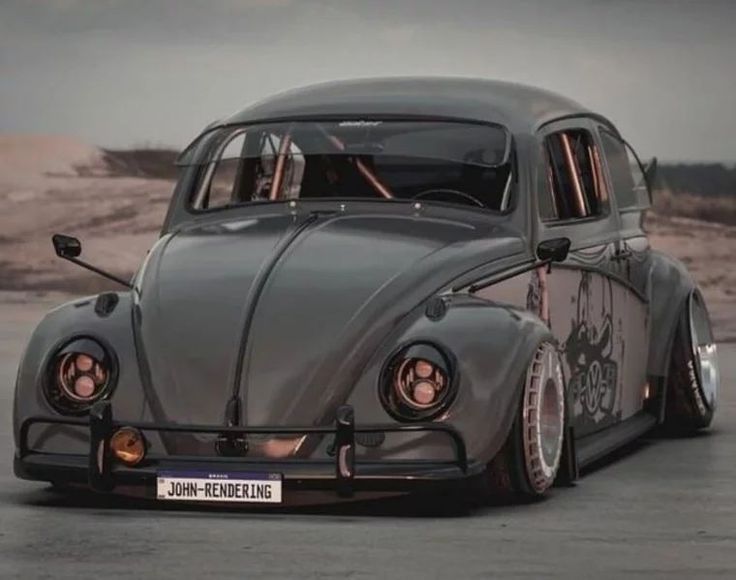
2. **Volkswagen Beetle**Next up, get ready for a car with a shape so globally recognized and utterly distinctive, it’s practically a friendly character on wheels: the charming Volkswagen Beetle! With its iconic rounded silhouette, unmistakable headlamps, and that cleverly designed air-cooled rear engine, this car effortlessly captured the free-spirited, counterculture vibe of the 1960s. It wasn’t just a practical mode of transport; it was a deeply personal statement, a symbol of individuality and a rejection of the ordinary.
While its initial concept was envisioned way back in the 1930s, the Beetle truly found its moment and soared to immense popularity in the post-World War II era. Its appeal was widespread and undeniable, eventually making it one of the best-selling cars of all time across the globe. The magic of the Beetle genuinely lay in its sheer mechanical simplicity, making it easy to maintain, combined with its rock-solid reliability, which endeared it deeply to generations of diverse drivers, from students to families.
The Beetle’s profound influence is so powerful and enduring that its unique aesthetic was thoughtfully reimagined and relaunched in the late 1990s, successfully appealing to a whole new, eager generation of fans. This revival proved that some designs are truly timeless, possessing an inherent ability to connect with people across vastly different eras and cultural landscapes. It’s a testament to the fact that great design, practicality, and a bit of quirky charm never truly go out of style.
Car Model Information: 1978 Volkswagen Beetle (Pre-1980) Base
Sp: uk
Name: Volkswagen Type 1,”Beetle”
Caption: 1965–1966 Volkswagen Käfer
Manufacturer: Volkswagen
Alt: A front-three quarters view of a pale-yellow Volkswagen Käfer. It features 165/80R15 tires, which shod 15×4. 5″ silver, circular wheels. The Käfer features a beetle-like body, and its window is open. The picture is taken with much greenery in the background, and the photo was edited to give it a more warmer tone.
Aka: List of names for the Volkswagen Type 1
Assembly: #Markets and assembly
Designer: Ferdinand Porsche
Class: Small family car
BodyStyle: Sedan (automobile),convertible
Production: 1938–2003,21,529,464 produced
Successor: Volkswagen Golf Mk1,Volkswagen Gol#First generation (Typ30, 1980),Volkswagen New Beetle
Layout: Rear-engine, rear-wheel-drive layout
Engine: Petrol,Volkswagen air-cooled engine,1192 cc H4,1285 cc H4,1493 cc H4,1584 cc H4
Transmission: manual transmission,Saxomat,Autostick
Wheelbase: convert
Length: convert
Width: convert
Height: 1500 mm
Abbr: on
Weight: convert
Categories: 1940s cars, 1950s cars, 1960s cars, 1970s cars, 1980s cars
Summary: The Volkswagen Beetle, officially the Volkswagen Type 1, is a small family car produced by the German company Volkswagen from 1938 to 2003. Considered a global cultural icon, the Beetle is widely regarded as one of the most influential cars of the 20th century. Its production period of 65 years is the longest of any single generation of automobile, and its total production of over 21.5 million is the most of any car of a single platform and the second-most of any nameplate produced in the 20th century.
The Beetle was conceived in the early 1930s. The leader of Nazi Germany, Adolf Hitler, decided there was a need for a people’s car—an inexpensive, simple, mass-produced car—to serve Germany’s new road network, the Reichsautobahn. The German engineer Ferdinand Porsche and his design team began developing and designing the car in the early 1930s, but the fundamental design concept can be attributed to Béla Barényi in 1925, predating Porsche’s claims by almost ten years. The result was the Volkswagen Type 1 and the introduction of the Volkswagen brand. Volkswagen initially slated production for the late 1930s, but the outbreak of war in 1939 meant that production was delayed until the war had ended. The car was originally called the Volkswagen Type 1 and marketed simply as the Volkswagen. It was not until 1968 that it was officially named the “Beetle”.
Volkswagen implemented designations for the Beetle in the 1960s, including 1200, 1300, 1500, 1600, 1302, and 1303. Volkswagen introduced a series of large luxury models throughout the 1960s and 1970s—comprising the Type 3, Type 4 and K70—to supplement the Beetle, but none of these models achieved the level of success that it did. Rapidly changing consumer preferences toward front-wheel drive compact hatchbacks in Europe prompted Volkswagen’s gradual shift away from rear-wheel drive, starting with the Golf in 1974. In the late 1970s and ’80s, Japanese automakers began to dominate some markets around the world, which contributed to the Beetle’s declining popularity.
Over its lifespan, the Beetle’s design remained consistent, yet Volkswagen implemented over 78,000 incremental updates. These modifications were often subtle, involving minor alterations to its exterior, interior, colours, and lighting. Some more noteworthy changes included the introduction of new engines, models and systems, such as improved technology or comfort. The Beetle maintains a substantial cultural influence and is regarded as one of the most iconic vehicles in automotive history; its success largely influenced the way automobiles are designed and marketed, whilst propelling Volkswagen’s introduction of a Golf-based series of vehicles.
Get more information about: Volkswagen Beetle
Buying a high-performing used car >>>
Brand: Volkswagen Model: Beetle
Price: $17,499 Mileage: 97,000 mi.
Read more about: The Engines of Legend: How Iconic Vehicles Drive Cinematic Narratives and Automotive Innovation
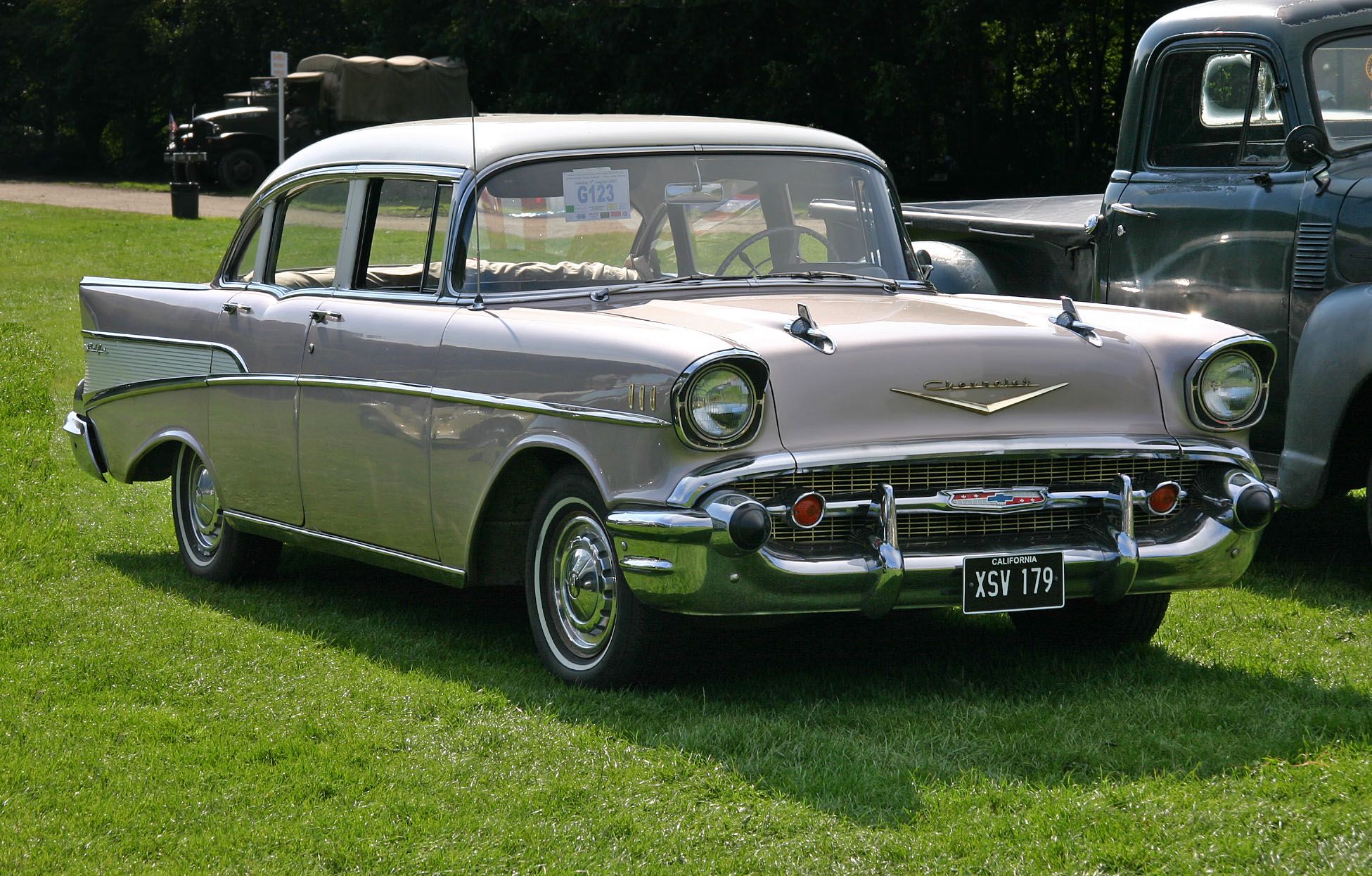
3. **Chevrolet Bel Air**Oh, hello, fabulous 1950s! If you’re searching for the definitive embodiment of post-war Americana’s optimism, prosperity, and flamboyant style, look no further than the magnificent Chevrolet Bel Air. This car didn’t just drive; it made a grand statement, practically oozing with bold styling cues and dazzling chrome accents that gleamed under the burgeoning sun of a hopeful nation. Produced over a significant period from 1950 to 1975, the Bel Air was far more than just a car; it was a cherished symbol of the thriving American dream.
Its 1957 model, in particular, remains an absolute legend in automotive design, a quintessential example of mid-century cool that instantly transports you back in time. With its spectacular, unmistakable tailfins that seemed to reach for the sky, and housing a powerful V8 engine under its expansive hood, it stands as a classic example of automotive artistry from an era when cars were designed to be both aspirational and exciting. This model wasn’t shy; it was a celebration on wheels, showcasing a vibrant period of design.
The Bel Air didn’t merely highlight the era’s passionate love for flashy, statement-making vehicles; it profoundly set a new, elevated standard for what luxury and thrilling performance could truly look like on bustling American roads. Driving a Bel Air was about making an unforgettable entrance, effortlessly turning heads wherever you went, and embodying the vibrant, exciting spirit of an entire period in history. It undeniably epitomized a whole decade’s automotive aspirations, representing freedom, style, and success all rolled into one beautiful machine.
Car Model Information: 2024 Honda Civic Sport
Name: Chevrolet Bel Air
Caption: 1957 Chevrolet Bel Air convertible
Manufacturer: Chevrolet
Production: 1949–1980
ModelYears: 1950–1981
Class: Full-size
Layout: FR layout
Predecessor: Chevrolet Fleetline,Chevrolet Biscayne
Successor: Chevrolet Impala
Categories: 1950s cars, 1960s cars, 1970s cars, 1980s cars, Articles with short description
Summary: The Chevrolet Bel Air is a full-size car produced by Chevrolet for the 1950–1981 model years. Initially, only the two-door hardtops in the Chevrolet model range were designated with the Bel Air name from 1950 to 1952. With the 1953 model year, the Bel Air name was changed from a designation for a unique body shape to a premium level of trim applied across a number of body styles. The Bel Air continued with various other trim level designations, and it had gone from a mid-level trim car to a budget fleet sedan when U.S. production ceased in 1975. Production continued in Canada, for its home market only, through the 1981 model year.
Get more information about: Chevrolet Bel Air
Buying a high-performing used car >>>
Brand: Chevrolet Model: Bel Air
Price: $24,895 Mileage: 21,276 mi.
Read more about: Rethink Your Shares: 14 Unsettling Facts About Social Media Privacy in the Digital Age
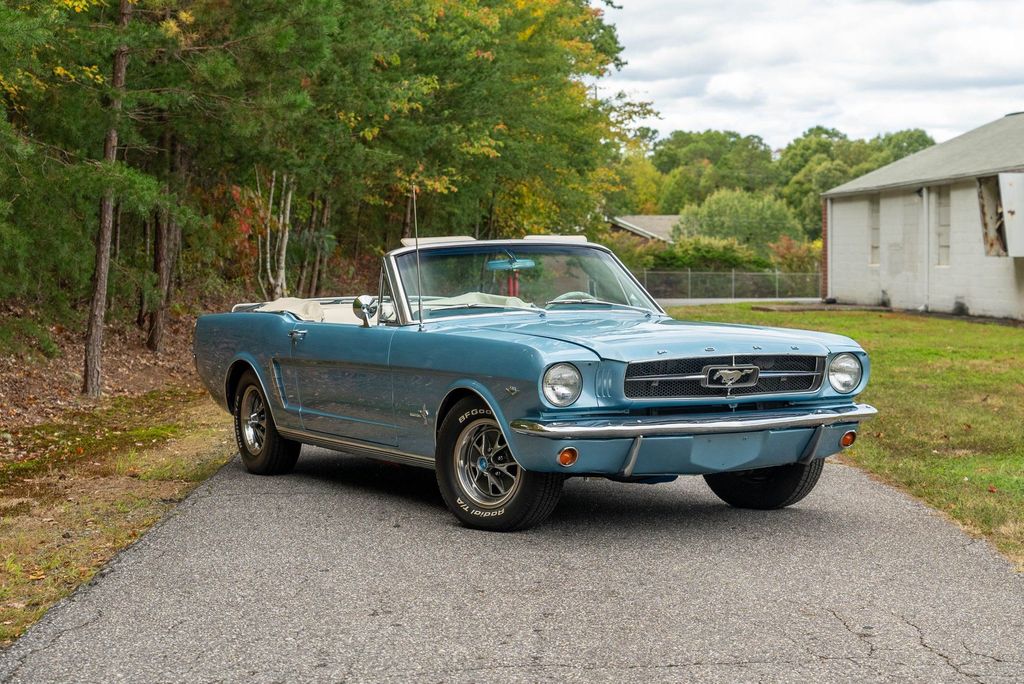
4. **Ford Mustang**Hold onto your hats, because here comes a burst of serious muscle and an unbridled spirit of rebellion! When the Ford Mustang thundered onto the automotive scene in 1964, it didn’t just introduce another new car; it sensationally created an entirely new, electrifying category of American automobiles: the “pony car.” This revolutionary class was ingeniously designed to combine the thrilling aesthetics of sports-car styling – characterized by those instantly recognizable long hoods and short rear decks – with a surprisingly affordable price tag. It was, quite simply, an immediate sensation.
The Mustang, with its captivating blend of style and accessible performance, immediately galloped its way into the cultural zeitgeist. It swiftly became an undeniable icon that perfectly captured the surging spirit of youthful rebellion, freedom, and an exhilarating sense of adventure that defined a generation. Its prominent and unforgettable starring roles in countless iconic films, television shows, and various media platforms further cemented its legendary status, transforming it into a bona fide dream car for millions of eager individuals across the globe. It wasn’t just mere transportation; it was a powerful, aspirational lifestyle statement.
Even today, after many decades of evolution and countless iterations, the Mustang continues to stand tall as a potent, unwavering symbol of American muscle, raw power, and relentless innovation in the automotive world. It’s a car that truly knows how to make an indelible impression, consistently delivering thrilling performance while admirably managing to keep its fiery legacy burning bright for new generations of enthusiasts. The Mustang is more than a car; it’s an enduring legend that continues to inspire.
Car Model Information: 2024 Ford Mustang GT Premium
Name: Ford Mustang
Caption: 2018 Ford Mustang GT 5.0
Aka: Ford T5 (Germany)
Manufacturer: Ford Motor Company
Production: March 1964 – present
ModelYears: 1965–present
Class: Unbulleted list
BodyStyle: Unbulleted list
Layout: Front-engine, rear-wheel-drive layout
Categories: 1970s cars, 1980s cars, 1990s cars, 2+2 coupés, 2000s cars
Summary: The Ford Mustang is a series of American automobiles manufactured by Ford. In continuous production since 1964, the Mustang is currently the longest-produced Ford car nameplate. Currently in its seventh generation, it is the fifth-best selling Ford car nameplate. The namesake of the “pony car” automobile segment, the Mustang was developed as a highly styled line of sporty coupes and convertibles derived from existing model lines, initially distinguished by “long hood, short deck” proportions.
Originally predicted to sell 100,000 vehicles yearly, the 1965 Mustang became the most successful vehicle launch since the 1927 Model A. Introduced on April 17, 1964 (16 days after the Plymouth Barracuda), over 400,000 units were sold in its first year; the one-millionth Mustang was sold within two years of its launch. In August 2018, Ford produced the 10-millionth Mustang; matching the first 1965 Mustang, the vehicle was a 2019 Wimbledon White convertible with a V8 engine.
The success of the Mustang launch led to multiple competitors from other American manufacturers, including the Chevrolet Camaro and Pontiac Firebird (1967), AMC Javelin (1968), and Dodge Challenger (1970). It also competed with the Plymouth Barracuda, which was launched around the same time. The Mustang also had an effect on designs of coupes worldwide, leading to the marketing of the Toyota Celica and Ford Capri in the United States (the latter, by Lincoln-Mercury). The Mercury Cougar was launched in 1967 as a unique-bodied higher-trim alternative to the Mustang; during the 1970s, it included more features and was marketed as a personal luxury car.
From 1965 until 2004, the Mustang shared chassis commonality with other Ford model lines, staying rear-wheel-drive throughout its production. From 1965 to 1973, the Mustang was derived from the 1960 Ford Falcon compact. From 1974 until 1978, the Mustang (denoted Mustang II) was a longer-wheelbase version of the Ford Pinto. From 1979 until 2004, the Mustang shared its Fox platform chassis with 14 other Ford vehicles (becoming the final one to use the Fox architecture). Since 2005, Ford has produced two generations of the Mustang, each using a distinct platform unique to the model line.
Through its production, multiple nameplates have been associated with the Ford Mustang series, including GT, Mach 1, Boss 302/429, Cobra (separate from Shelby Cobra), and Bullitt, along with “5.0” fender badging (denoting 4.9 L OHV or 5.0 L DOHC V8 engines).
Get more information about: Ford Mustang
Buying a high-performing used car >>>
Brand: Ford Model: Mustang
Price: $44,950 Mileage: 19,563 mi.
Read more about: Sacramento Manhunt Concludes: Three Suspects in Custody After High-Speed Chase and Shooting
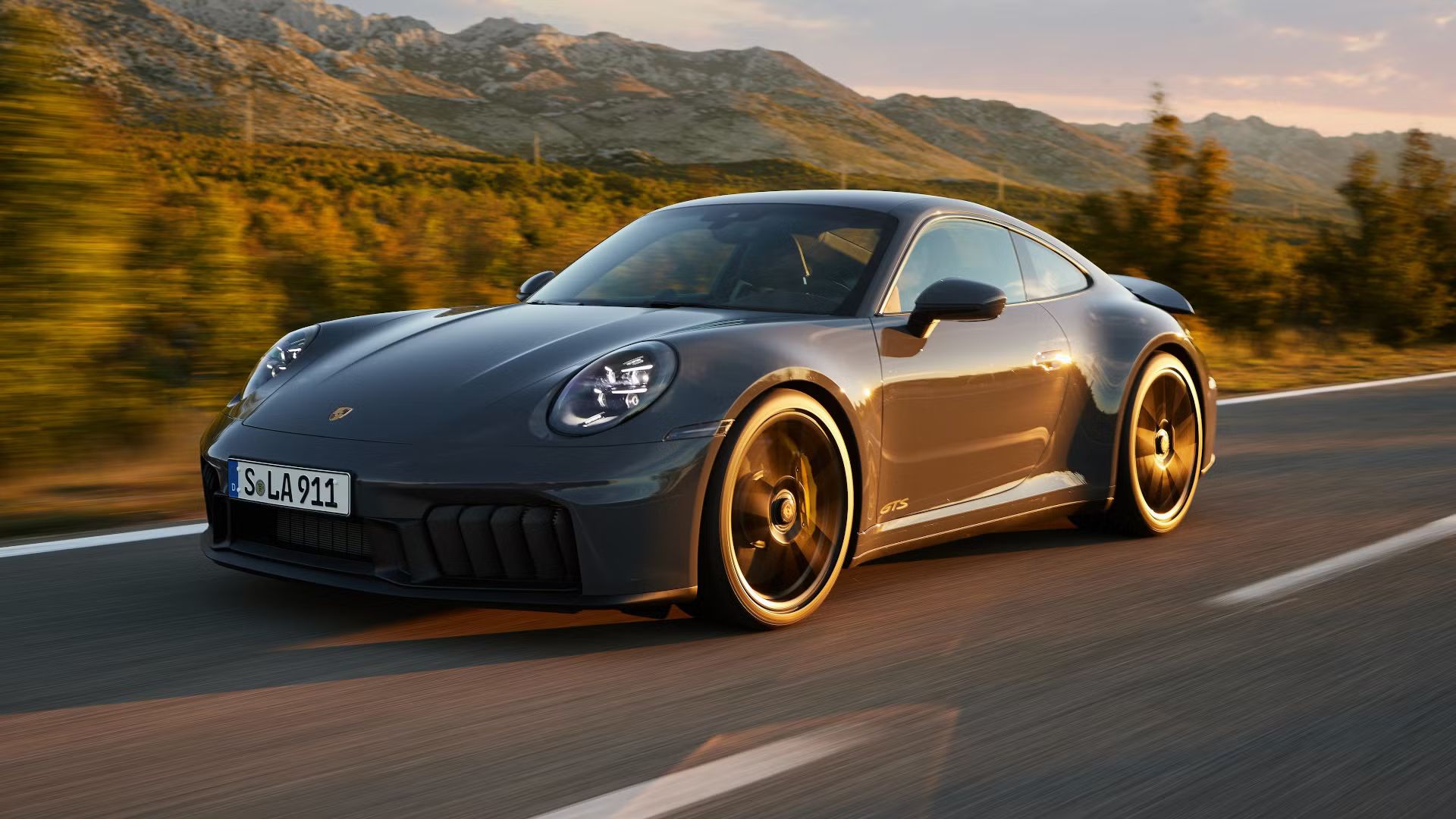
5. **Porsche 911**For those discerning individuals who possess an unwavering appreciation for the truly exquisite things in life, particularly when those things involve breathtaking speed, unparalleled precision, and masterful engineering, the Porsche 911 has stood as an absolute beacon since its dazzling debut in 1964. This isn’t simply a vehicle to get you from point A to B; it is an enduring, meticulously crafted symbol of peak automotive performance and undeniable, timeless elegance. Seriously, just one glance at its iconic silhouette, and you intrinsically know you’re staring at automotive royalty, a machine built with passion and purpose.
Instantly recognizable across continents for its distinct, flowing design and that signature, ingeniously engineered rear-engine layout, the 911 wasted absolutely no time in earning a stellar, global reputation for its truly exceptional handling capabilities and blistering, exhilarating speed. It’s the rare kind of car that, once behind the wheel, makes you feel intimately connected to the very asphalt beneath you in a way very few other vehicles ever can. Over the many glorious years, it has gracefully evolved, always managing to meticulously maintain that classic, irresistible appeal that makes it a perennial favorite among the most passionate car enthusiasts and astute collectors alike, a true piece of living history.
The 911’s profound and far-reaching impact on the entire landscape of sports car engineering simply cannot be overstated, influencing the design philosophies and performance benchmarks of countless other models across the globe. Its consistent pursuit of perfection has carved out a unique niche in the automotive pantheon. It stands as a true masterpiece of design, performance, and enduring legacy, consistently setting incredibly high standards that continue to inspire and challenge the industry at large. The 911 is not just a car; it is a driving philosophy.
Car Model Information: 1968 Porsche 911
Name: Porsche 911
Caption: The 1 millionth 911 produced on display at Volkswagen Group Forum, Berlin
Designer: Ferdinand Alexander Porsche
Manufacturer: Porsche
Production: September 1964 – present
Assembly: Stuttgart,Baden-Württemberg
Class: Sports car
BodyStyle: unbulleted list
Related: unbulleted list
Layout: Rear-engine design,rear-wheel drive
Predecessor: Porsche 356
Categories: 1970s cars, 1980s cars, 1990s cars, 2+2 coupés, 2000s cars
Summary: The Porsche 911 model series (pronounced Nine Eleven or in German: Neunelf) is a family of German two-door, high performance rear-engine sports cars, introduced in September 1964 by Porsche AG of Stuttgart, Germany. Now in its eighth generation, all 911s have a rear-mounted flat-six engine, and usually 2+2 seating, except for special 2-seater variants. Originally, 911s had air-cooled engines, and torsion bar suspension, but the 911 has been continuously enhanced, and evolved across generations. Though the 911 core concept has remained largely unchanged, water-cooled engines were introduced with the 996 series in 1998, and front and rear suspension have been replaced by Porsche-specific MacPherson suspension up front, and independent multi-link rear suspension.
The 911 has been raced extensively by private and factory teams, in a variety of classes. It is among the most successful competition cars. In the mid-1970s, the naturally aspirated 911 Carrera RSR won world championship races including Targa Florio and the 24 Hours of Daytona. The 911-derived 935 turbo also won the 24 Hours of Le Mans in 1979. Porsche won the World Championship for Makes in 1976, 1977, 1978, and 1979 with 911-derived models.
In a 1999 poll to determine the Car of the Century, the 911 ranked fifth — one of two in the top five that had remained continuously in production (the original Beetle remained in production until 2003). The one millionth example was manufactured in May 2017 and is in the company’s permanent collection.
Get more information about: Porsche 911
Buying a high-performing used car >>>
Brand: Porsche Model: 911
Price: $127,995 Mileage: 62,940 mi.
Read more about: Beyond the Obvious: Uncovering 14 Fascinating Secret Messages Hiding in Your Favorite Brand Logos
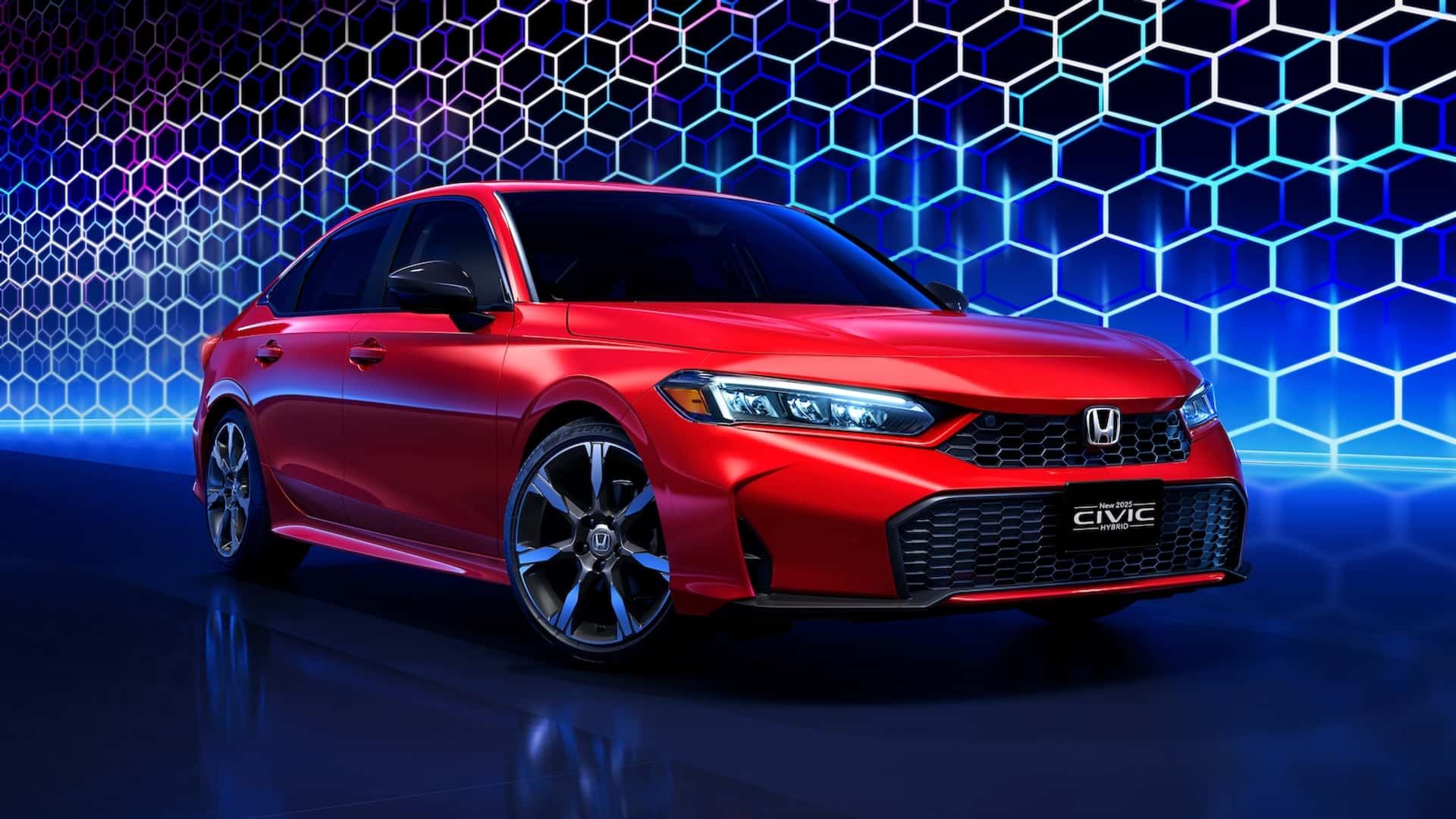
6. **Honda Civic**Now, let’s turn our attention to a true automotive workhorse that has not only achieved household name status but has also become a global emblem of practicality and efficiency: the incredibly popular Honda Civic. Since its initial introduction to eager consumers in 1972, this fantastic compact car has become absolutely synonymous with unwavering reliability, impressive durability, and, crucially, outstanding fuel efficiency. It’s the quintessential kind of car that just *gets things done* day in and day out, with minimal fuss and maximum dependability, embodying sensible engineering.
The Civic really began to soar in popularity and truly found its significant footing during the challenging economic landscape of the oil crisis in the 1970s. During this period, it offered countless drivers a much-needed, economically savvy alternative to larger, thirstier vehicles, all without ever sacrificing on its inherent quality or the pleasurable driving experience. It was a smart choice, a practical choice, and it definitively proved that you didn’t need to break the bank to acquire a great, reliable ride. This adaptability and foresight solidified its market position.
The Civic’s continuous, forward-thinking commitment to innovation and its remarkable ability to adapt seamlessly to ever-changing market demands have kept it incredibly relevant, fresh, and desirable for many decades. It’s truly a foundational staple in the dynamic automotive world, consistently praised for its steadfastness, clever engineering, and user-friendly nature. Its enduring global appeal is a powerful testament to its ability to evolve gracefully, embracing new technologies and design trends while always holding firmly onto its core values of practicality, dependability, and affordable quality. What an undeniable icon of everyday driving excellence!
Alright, car crew, are you ready for more? We’ve already had a blast cruising through the earliest legends that set the automotive world spinning. But guess what? The journey doesn’t stop there! Hold onto your steering wheels because we’re about to dive into another incredible collection of vehicles that didn’t just move us from A to B, but truly defined what it meant to drive, to explore, and to dream across various pivotal eras. From sophisticated luxury to green revolutionizers and rugged adventurers, these next six icons continued to push boundaries and shape the experiences of millions. Let’s keep this epic trip down memory lane rolling!
Car Model Information: 2024 Honda Civic EX-L
Caption: 2024 Honda Civic liftback
Manufacturer: Honda
Aka: ubl
Production: 1972–present
Class: Subcompact car
BodyStyle: fastback,Sedan (automobile)
Layout: Front-engine, front-wheel-drive layout,Front-engine, four-wheel-drive layout
Predecessor: Honda N600,Honda Z600
Categories: 1980s cars, 1990s cars, 2000s cars, 2010s cars, 2020s cars
Summary: The Honda Civic (Japanese: ホンダ・シビック, Hepburn: Honda Shibikku) is a series of automobiles manufactured by Honda since 1972. As of 2023, the Civic is positioned between the Honda Fit/City and Honda Accord in Honda’s global passenger car line-up. It is one of the best-selling automobiles in history, with over 27 million units sold through 2021.
The first-generation Civic was introduced in July 1972 as a two-door fastback sedan, followed by a three-door hatchback that September. With a 1,169 cc transverse engine and front-wheel drive, the car provided good interior space despite its small overall dimensions. Initially gaining a reputation for being fuel-efficient, reliable and environmentally friendly, later iterations have become known for performance and sportiness, especially the Civic Si, SiR, and Type R versions. It is currently in its eleventh generation, which has been produced since 2021.
The Civic has often been rebadged for international markets, and it served as the basis for the Honda CR-X, the Honda CR-X del Sol, the Concerto, the first generation Prelude, the Civic Shuttle (which later became the Orthia) and the CR-V (which in turn was used as the basis for the Honda FR-V).
Get more information about: Honda Civic
Buying a high-performing used car >>>
Brand: Honda Model: Civic
Price: $25,285 Mileage: 31,016 mi.
Read more about: Beyond the Black Badge: The Unseen Shift as Exclusive Cars Embrace Younger Buyers
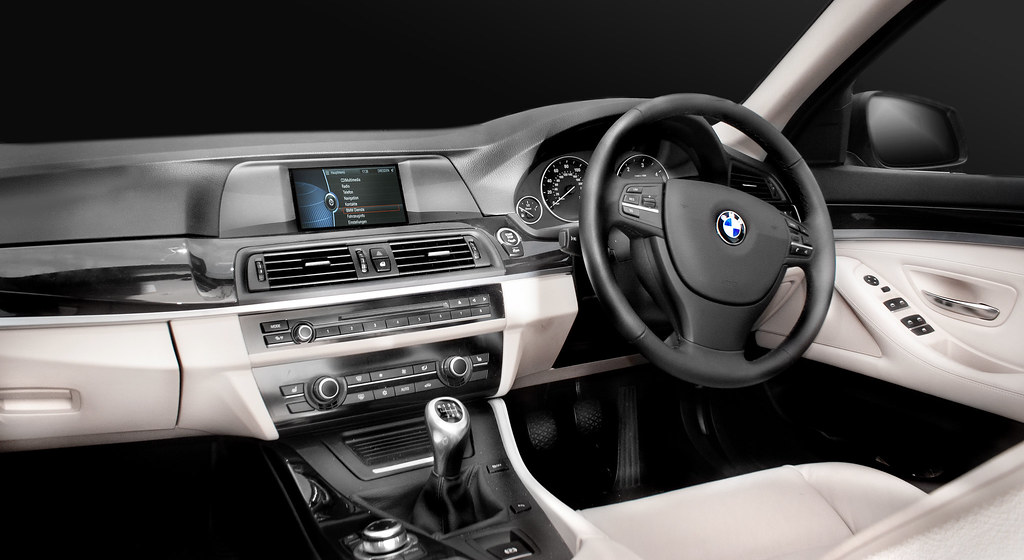
7. **BMW 3 Series**Talk about a car that perfectly balances work and play! The BMW 3 Series, which first graced our roads in 1975, isn’t just a vehicle; it’s a statement. It quickly became the gold standard for what a compact executive car could and should be, seamlessly blending exhilarating performance with undeniable luxury and, perhaps most surprisingly, a touch of affordability. For a whole generation, it wasn’t just a car you wanted, it was *the* car you aspired to own, the one that whispered promises of open roads and thrilling drives.
This Bavarian beauty didn’t just show up; it arrived with a bang, setting an entirely new benchmark for driving dynamics within its class. Drivers quickly fell head over heels for its responsive handling, its powerful engines, and that unmistakable feeling of being truly connected to the road. Its consistent excellence has been recognized with countless awards and accolades over the years, solidifying its reputation as a top-tier choice for anyone craving a ride that’s both sporty enough for weekend adventures and practical enough for the daily grind. It simply nails that perfect sweet spot.
The influence of the 3 Series stretches far beyond the BMW badge, profoundly shaping how we think about luxury sedans worldwide. Its innovative approach to combining performance with everyday usability raised the bar for competitors, pushing other manufacturers to strive for similar levels of engineering brilliance and driver satisfaction. It truly became the measuring stick, inspiring an entire segment of vehicles and proving that you don’t have to sacrifice excitement for elegance or vice versa. What a trendsetter!
Car Model Information: 2024 Honda Civic Sport
Name: BMW 3 Series
Manufacturer: BMW
Production: 1975–present
Class: Compact executive car
Predecessor: BMW 02 Series
Categories: 1970s cars, 1980s cars, 1990s cars, 2000s cars, 2010s cars
Summary: The BMW 3 series is a line of compact executive cars manufactured by the German automaker BMW since May 1975. It is the successor to the 02 series and has been produced in seven generations.
The first generation of the 3 Series was only available as a 2-door saloon; the model range expanded to include a 4-door saloon, 2-door convertible, 2-door coupé, 5-door estate, 5-door liftback (“Gran Turismo”; discontinued in 2019) and 3-door hatchback body styles. Since 2013, the coupé and convertible models have been marketed as the 4 Series; these styles no longer being included in the 3 Series.
The 3 Series is BMW’s best-selling model line, accounting for around 30% of the BMW brand’s annual total car sales, and has won numerous awards throughout its history. The M version of the 3 series, M3, debuted with the E30 M3 in 1986.
Get more information about: BMW 3 Series
Buying a high-performing used car >>>
Brand: BMW Model: 3 Series
Price: $24,895 Mileage: 21,276 mi.
Read more about: Black is the New Gold: Inside the World of Rolls-Royce’s Black Badge Owners and Their Rebellious Spirit
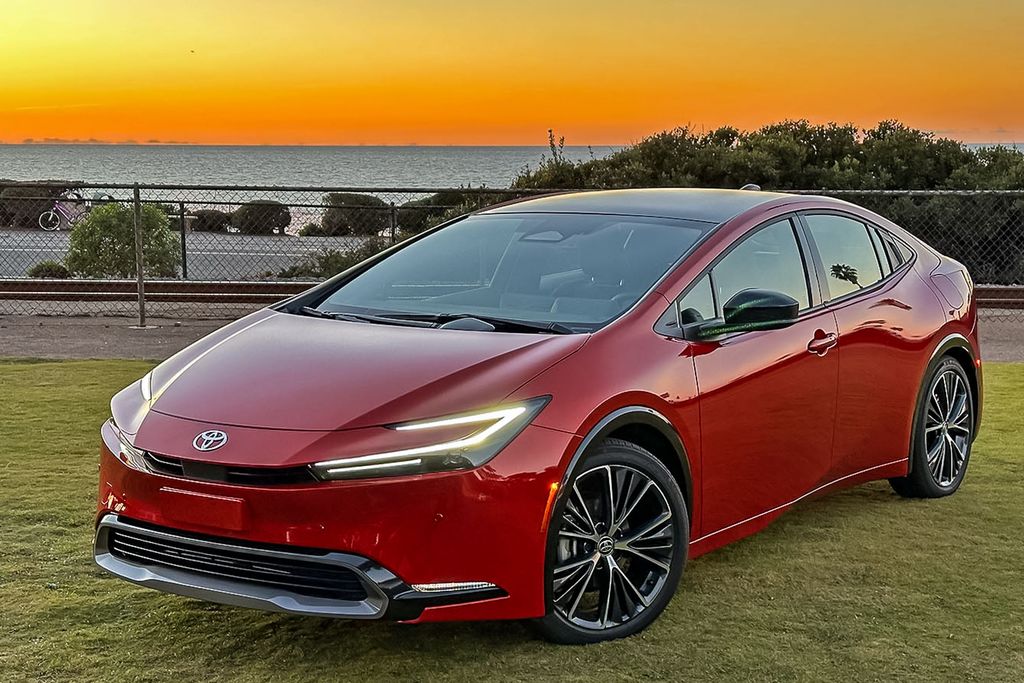
8. **Toyota Prius**Hold the phone, because here’s a car that didn’t just join the conversation; it practically started a whole new one! When the Toyota Prius rolled out in 1997, it wasn’t just another new model; it was a groundbreaking pioneer, earning the title of the world’s first mass-produced hybrid vehicle. Imagine that! Suddenly, the future of driving wasn’t just about speed or style; it was about smart choices, a lighter footprint, and embracing a revolutionary new way to power our journeys.
The Prius quite literally revolutionized the automotive industry by boldly prioritizing fuel efficiency and environmental sustainability long before it was cool (or common!). It quickly transformed into an undeniable symbol of the burgeoning green movement, becoming the go-to ride for eco-conscious consumers who were eager to reduce their carbon footprint without compromising on reliability. This car showed everyone that being environmentally friendly didn’t mean sacrificing practicality; in fact, it often meant gaining incredible efficiency and peace of mind.
Its phenomenal success wasn’t just a win for Toyota; it truly paved the way for a much broader acceptance of hybrid and, eventually, electric vehicles across the globe. The Prius lit the spark that influenced countless other car manufacturers, nudging them towards embracing alternative energy sources and investing in sustainable technologies. It’s hard to imagine the diverse landscape of eco-friendly cars we see today without acknowledging the colossal impact and visionary spirit of this humble, yet mighty, hybrid. A true game-changer for the planet and our commutes!
Car Model Information: 2011 Toyota Prius II
Name: Toyota Prius
Caption: Fifth generation Prius (XW60)
Manufacturer: Toyota
Production: December 1997 – present
ModelYears: 2001–present (US)
Class: ubl
BodyStyle: unbulleted list
Layout: unbulleted list
Sp: uk
Categories: 2000s cars, 2010s cars, 2020s cars, All-wheel-drive vehicles, All Wikipedia articles in need of updating
Summary: The Toyota Prius ( PREE-əss) (Japanese: トヨタ・プリウス, Hepburn: Toyota Puriusu) is a compact/small family liftback (supermini/subcompact sedan until 2003) produced by Toyota. The Prius has a hybrid drivetrain, which combines an internal combustion engine and an electric motor. Initially offered as a four-door sedan, it has been produced only as a five-door liftback since 2003.
The Prius was developed by Toyota to be the “car for the 21st century”; it was the first mass-produced hybrid vehicle, first going on sale in Japan in 1997 at all four Toyota Japan dealership chains, and subsequently introduced worldwide in 2000.
In 2011, Toyota expanded the Prius family to include the Prius v, an MPV, and the Prius c, a subcompact hatchback. The production version of the Prius plug-in hybrid was released in 2012. The second generation of the plug-in variant, the Prius Prime, was released in the U.S. in November 2016. The Prius family totaled global cumulative sales of 6.1 million units in January 2017, representing 61% of the 10 million hybrids sold worldwide by Toyota since 1997. Toyota sells the Prius in over 90 markets, with Japan and the United States being its largest markets.
Get more information about: Toyota Prius
Buying a high-performing used car >>>
Brand: Toyota Model: Prius
Price: $8,824 Mileage: 158,493 mi.
Read more about: Beyond the Obvious: Uncovering 14 Fascinating Secret Messages Hiding in Your Favorite Brand Logos
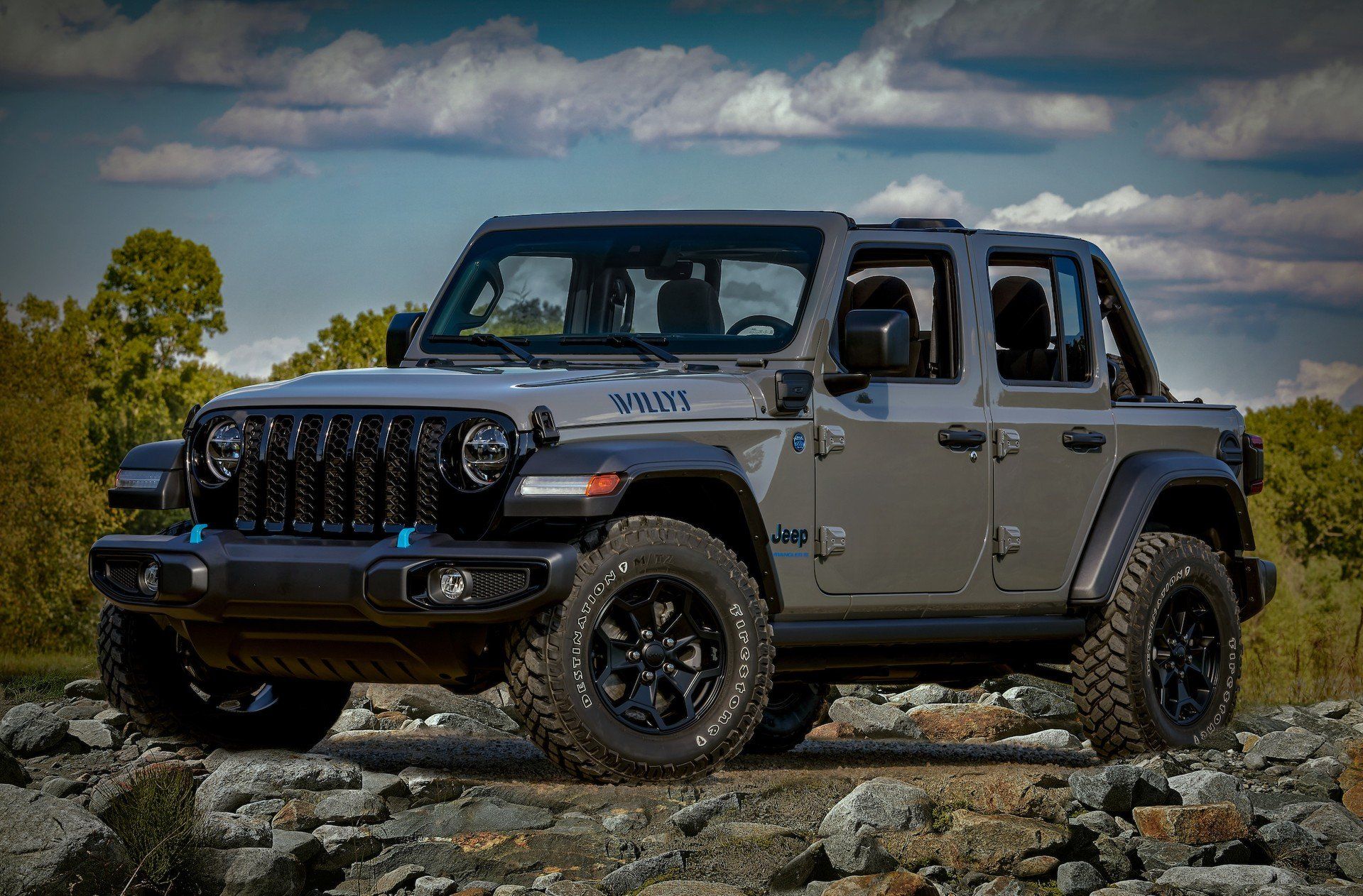
9. **Jeep Wrangler**Alright, adventurers, gather ’round! If you’re looking for a vehicle that practically screams “off-road epicness” and “unbridled freedom,” then the Jeep Wrangler is your ultimate co-pilot. Tracing its legendary roots all the way back to the incredibly tough military Jeeps of World War II, this iconic machine has gloriously evolved into the definitive symbol of rugged capability, fearlessly conquering every terrain imaginable. It’s not just a car; it’s a passport to the wild side!
When it made its civilian debut in 1986, the Wrangler immediately cemented its status, becoming absolutely synonymous with adventure and exploration. Just picture it: cruising down a dusty trail, the wind in your hair, with nothing but open skies and untamed landscapes ahead. Its distinctive, no-nonsense boxy design, combined with those utterly cool removable doors and roof, instantly appeals to anyone with an insatiable passion for the great outdoors and a yearning for genuine, unfiltered experiences. It’s built for those who refuse to be confined.
The Wrangler’s enduring legacy is a powerful testament to its remarkable ability to adapt to modern demands while steadfastly retaining its iconic look and feel, a design that’s as timeless as a mountain range. It consistently delivers on its promise of robust performance and unyielding spirit, making it a beloved choice for generations of drivers who see every journey as an opportunity for discovery. This is more than a vehicle; it’s a lifestyle, a call to adventure, and a loyal companion for every daring escapade.
Car Model Information: 2017 Jeep Wrangler Unlimited Sport
Name: Jeep Wrangler
Caption: Jeep Wrangler Unlimited, Sahara edition
Manufacturer: Jeep
Class: Compact SUV
Production: 1986–present
Predecessor: Jeep CJ
Layout: Front-engine, rear-wheel-drive layout,rear-wheel drive
Chassis: Body-on-frame
Related: AIL Storm
Categories: 1980s cars, 1990s cars, 2000s cars, 2010s cars, All-wheel-drive vehicles
Summary: The Jeep Wrangler is a series of compact and mid-size four-wheel drive off-road SUVs manufactured by Jeep since 1986, and currently in its fourth generation. The Wrangler JL, the most recent generation, was unveiled in late 2017 and is produced at Jeep’s Toledo Complex.
The Wrangler is a direct progression from the World War II Jeep, through the CJ (Civilian Jeeps) produced by Willys, Kaiser-Jeep, and American Motors Corporation (AMC) from the mid-1940s through the 1980s. Although neither AMC nor Chrysler (after it purchased AMC in 1987) have claimed that the Wrangler was a direct descendant of the original military model — both the CJ Jeeps and the conceptually consistent Wrangler, with their solid axles and open top, have been called the Jeep model as central to Jeep’s brand identity as the rear-engine 911 is to Porsche.
Similar to the Willys MB and the CJ Jeeps before it, all Wrangler models continue to use a separate body and frame, rigid live axles both front and rear, a tapering nose design with flared fenders, a fold-flat windshield and can be driven without doors. Also, with few exceptions, they have part-time four-wheel drive systems, with the choice of high and low gearing, and standard open bodies with removable hard or soft tops. However, the Wrangler series was specifically redesigned to be safer and more comfortable on-road, to attract more daily drivers, by upgrading its suspension, drivetrain, and interior, compared to the CJ line. The suspension on all Wranglers included trackbars and anti-roll bars, and, from the 1997 TJ onwards, front and rear coil springs instead of the previous leaf springs.
From 2004 on, the Wrangler has been complemented with long-wheelbase versions, called Wrangler Unlimited. 2004-2006 models were longer versions with 2 doors. In 2004 only automatic transmission-equipped “Unlimited” versions were sold. In 2005 both an automatic and manual 6-speed (NSG-370) were offered. Since 2007, the long-wheelbase Wranglers were four-door models, offering over 20 in (508 mm) more room. By mid-2017 the four-door models represented three-quarters of all new Wranglers on the market.
Get more information about: Jeep Wrangler
Buying a high-performing used car >>>
Brand: Jeep Model: Wrangler
Price: $20,725 Mileage: 111,103 mi.
Read more about: Beyond the Black Badge: The Unseen Shift as Exclusive Cars Embrace Younger Buyers
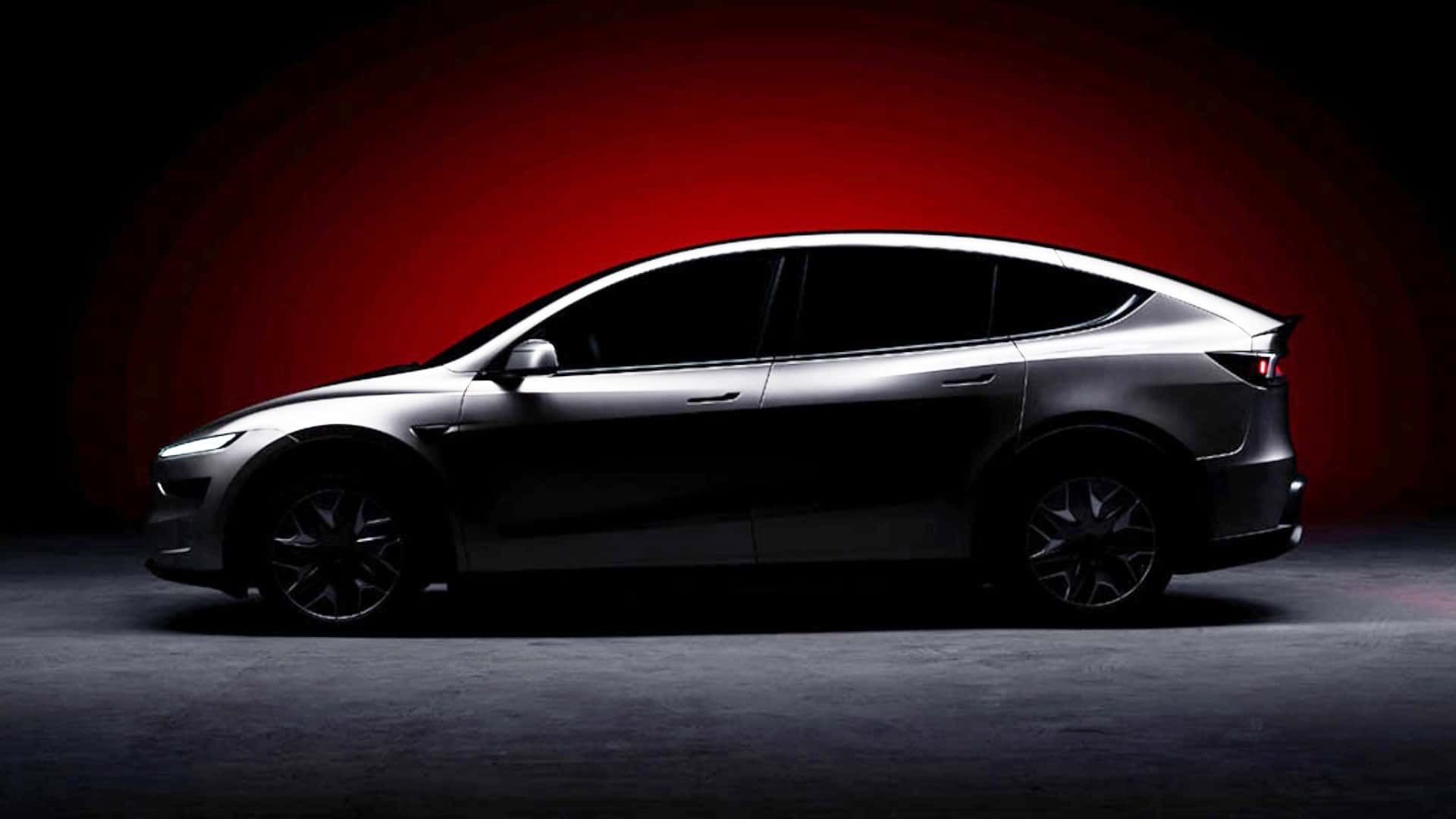
10. **Tesla Model S**Fasten your seatbelts, folks, because here comes a true disruptor that completely rewrote the rulebook! The Tesla Model S, which burst onto the scene in 2012, didn’t just introduce another electric car; it redefined the very possibilities of electric vehicles themselves. With its jaw-dropping range and exhilarating performance, this luxury sedan boldly challenged every single traditional notion we had about what electric cars could truly achieve. Suddenly, sustainability didn’t mean sacrificing speed or sophistication; it meant elevating them!
Before the Model S, many people still thought of electric cars as glorified golf carts or niche vehicles. But this sleek, powerful machine shattered those stereotypes, proving that you could have both blistering acceleration and a profoundly reduced carbon footprint. It offered a thrilling blend of high-performance driving and cutting-edge sustainability, a combination that felt futuristic and utterly essential all at once. It wasn’t just eco-friendly; it was undeniably cool and incredibly desirable.
The phenomenal success of the Model S has done more than just boost Tesla’s sales; it has dramatically accelerated the global shift towards electric vehicles, sending a clear message to the entire automotive world. It pushed established manufacturers, who were perhaps a little too comfortable, to innovate at an unprecedented pace, recognizing that the future was indeed electric. Its profound influence on the industry marks a pivotal, game-changing moment in the transition to a more sustainable and exciting automotive future for everyone. Bravo, Tesla!
Car Model Information: 2024 Honda Civic Sport
Name: Tesla Model S
ModelYears: 2013–present
Alt: A front-three quarter view of a gray Model S
Caption: #2016–2019: First major update
Designer: Franz von Holzhausen
Weight: cvt
Height: cvt
Width: cvt
Length: cvt
Wheelbase: cvt
ElectricRange: cvt
Battery: kWh,lithium-ion battery
Motor: Unbulleted list
Transmission: Reduction drive
Related: Tesla Model X
Layout: Rear-motor, rear-wheel drive,Dual-motor, all-wheel-drive,Tri-motor, all-wheel-drive layout
BodyStyle: liftback,sedan (automobile)
Class: Full-size car
Assembly: Unbulleted list
Production: June 2012 – present
Manufacturer: Tesla, Inc.
Sp: us
Chassis: Unibody
Categories: 2020s cars, All-wheel-drive vehicles, All Wikipedia articles written in American English, All articles containing potentially dated statements, Articles containing potentially dated statements from 2025
Summary: The Tesla Model S is a battery-electric, four-door full-size car produced by the American automaker Tesla since 2012. The automaker’s second vehicle and longest-produced model, the Model S has been described as one of the most influential electric cars in the industry. Car and Driver named it one of the best cars of the year in 2015 and 2016. Its various accolades include the Motor Trend Car of the Year Award in 2013.
Tesla started developing the Model S around 2007 under the codename WhiteStar. Initially, Henrik Fisker was appointed as the lead designer for the WhiteStar project; after a dispute with Elon Musk, Tesla’s CEO, Fisker was replaced by Franz von Holzhausen. By 2008, von Holzhausen had designed what would become the production Model S’s exterior. Tesla unveiled a prototype of the vehicle in March 2009 in Hawthorne, California. In 2010, Tesla acquired a facility in Fremont, California, to produce the Model S, which was previously owned by General Motors and Toyota. Series manufacture of the car officially began at the Tesla Fremont Factory in June 2012. Tesla carried out the final assembly for European markets at its facilities in Tilburg, Netherlands, between 2013 and 2021.
The Model S typically uses either one or initially two alternating current induction motors; since 2019, dual-motor versions have used a permanent magnet motor in the front, though the high-performance Model S Plaid’s three motors are permanent magnet units by default. Constructed mostly of aluminum, the Model S shares 30 percent of its components with the Model X—a crossover SUV that was introduced in 2015. The Model S has undergone several updates during its production, the most prominent ones occurring in 2016 and 2021. These updates have usually included modifications to the motor, such as changes to power or torque, revised exterior elements, and refreshed interior features. One such change included the 2015 introduction of Tesla Autopilot—a partial vehicle automation advanced driver-assistance system.
In 2015, the Model S was the world’s best-selling plug-in electric vehicle. In 2012, it was included on Time’s list of the Best Inventions of the Year, and the magazine later included it on its list of the 10 Best Gadgets of the 2010s in 2019. In 2014, The Daily Telegraph described the Model S as a “car that changed the world”. Road & Track argued that, with the introduction of the Plaid and features such as the yoke steering wheel, Tesla managed to turn the Model S into “perhaps one of the worst [cars in the world]”.
Get more information about: Tesla Model S
Buying a high-performing used car >>>
Brand: Tesla Model: Model S
Price: $24,895 Mileage: 21,276 mi.
Read more about: The AI Revolution: 15 Key Careers Set to Transform (Or Disappear) by 2030 – Are You Ready to Pivot?
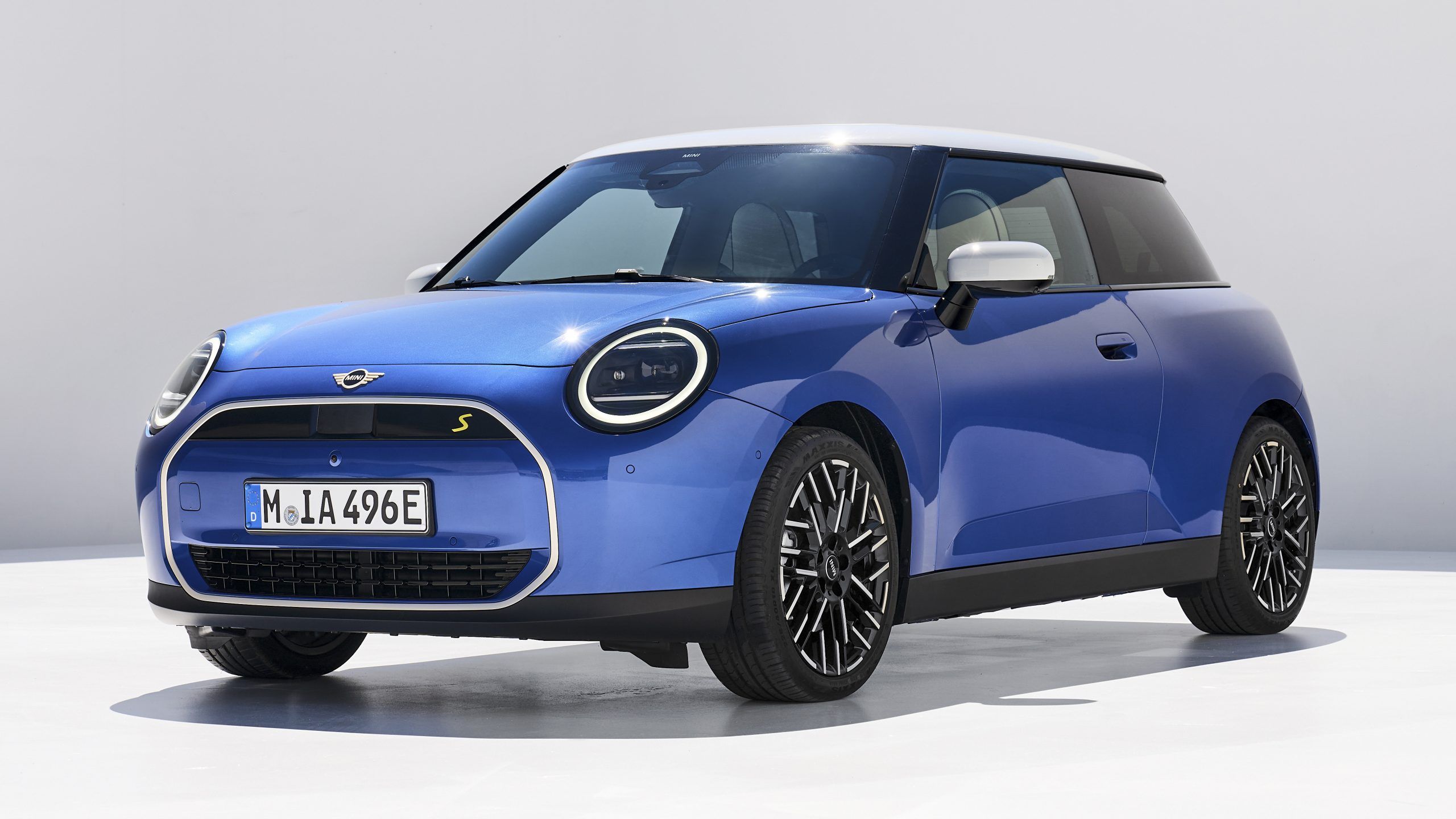
11. **Mini Cooper**Oh, what a blast from the past, and a truly fun one at that! The Mini Cooper, with its roots stretching back to its original design in the late 1950s, isn’t just a small car; it’s a colossal symbol of British automotive ingenuity and pure driving joy. Known affectionately for its incredibly compact size and nimble agility, the Mini Cooper didn’t just navigate city streets; it absolutely excelled in motorsports, capturing the public’s imagination with its underdog victories and spirited performance. It’s like a tiny, perfectly engineered bulldog!
There’s just something irresistibly charming about its unique, instantly recognizable design, combined with that legendary “go-kart-like” handling that makes every drive feel like a mischievous adventure. It’s truly a favorite among drivers who aren’t just looking for transportation, but actively seeking fun, personality, and genuine practicality all rolled into one stylish package. You can zip through traffic, park in seemingly impossible spots, and always do it with a smile on your face.
And guess what? The Mini Cooper didn’t just fade into history! Its modern iteration, which triumphantly launched in 2001, has done an incredible job of retaining all the playful spirit and iconic charm of the original, while brilliantly incorporating all the modern technology and comforts we now expect. It’s a perfect blend of nostalgic appeal and contemporary innovation, proving that some legends, even tiny ones, are destined to live on and continue making us grin from ear to ear. Long live the Mini!
Car Model Information: 2013 MINI Coupe Cooper S
Sp: uk
Caption: 1959 Morris Mini-Minor (first one built)
Name: Mini
Aka: Austin 850,Rover Mini,Austin Cooper,Austin Mini,Austin Partner,Austin Seven,Innocenti Mini,Leyland Mini,Morris 850,Morris Mascot,Morris Mini Minor,Riley Elf,Wolseley 1000 (South Africa),Wolseley Hornet
Layout: Front-engine, front-wheel-drive layout
Manufacturer: British Motor Corporation,British Leyland,Rover Group
Production: 1959–2000 (5.38 million)
Class: City car
BodyStyle: sedan (car),convertible,Station wagon,sedan delivery,coupe utility
Engine: BMC A-series engine,Straight-four engine
Designer: Alec Issigonis,John Sheppard (car designer)
Transmission: 4-speed manual,AP automatic transmission,5-speed manual (optional extra on some later models)
Length: cvt,cvt,cvt
Width: cvt
Height: cvt
Weight: cvt
Wheelbase: cvt,cvt
Related: Mini Moke,Austin Metro,Innocenti Mini,Mini Wildgoose,Mini Marcos
Successor: Austin Metro,Mini Hatch
Assembly: Panmure, New Zealand
Categories: 1960s cars, 1970s cars, 1980s cars, 1990s cars, 2000s cars
Summary: The Mini is a very small two-door, four-seat car, produced for four decades over a single generation, with many names and variants, by the British Motor Corporation (BMC) and its successors British Leyland and the Rover Group, and finally (briefly) under BMW ownership. Minis were built as fastbacks, estates, convertibles, and various other body styles. Minus a brief 1990s hiatus, from 1959 into 2000, an estimated 5.38 million of all variations combined were built, and the Mini’s engines also powered another 2 million Mini Metros, though the Mini eventually outlasted its successor.
Initially, the Mini was marketed under the Austin and Morris names, as the Austin Seven and Morris Mini-Minor; the Austin Seven was renamed Austin Mini in 1962 and Mini became a marque in its own right in 1969. Retrospectively, the car is known as the “Classic Mini” to distinguish it from the modern MINI family of vehicles produced since 2001 by German carmaker BMW, who took ownership of the Mini name following the sale of Rover Group in 2000.
This distinctive two-door car was designed for BMC by Sir Alec Issigonis. Its space-saving transverse engine and front-wheel drive layout – allowing 80% of the area of the car’s floorpan to be used for passengers and luggage – influenced a generation of car makers. The front-wheel-drive, transverse-engine layout were used in many other “supermini” style car designs such as Honda N360 (1967), Nissan Cherry (1970), and Fiat 127 (1971). The layout was also adapted for larger subcompact designs. In 1999, the Mini was voted the second-most influential car of the 20th century, behind the Ford Model T, and ahead of the Citroën DS and Volkswagen Beetle. It is also considered an icon of 1960s British popular culture.
The Mini Mark I had three major UK updates: the Mark II, the Clubman, and the Mark III. Within these was a series of variations, including an estate car, a pick-up, a van, and the Mini Moke, a jeep-like buggy. The performance versions, the Mini Cooper and Cooper “S”, were successful as both race and rally cars, winning the Monte Carlo Rally in 1964, 1965, and 1967. The Mini was manufactured in England at the Longbridge plant in Birmingham located next to BMC’s headquarters and at the former Morris Motors plant at Cowley, as well as in Australia (Victoria Park/Zetland BMC Australia factory) and later also in Spain (Authi), Belgium, Italy (Innocenti, as the Innocenti Mini), Chile, Malta, Portugal, South Africa, Uruguay, Venezuela, and Yugoslavia (IMV). In 1980, British Leyland launched the Mini’s follow-up, the Austin Metro, however the Mini outlasted it and continued to be produced at Longbridge until October 2000.
Get more information about: Mini
Buying a high-performing used car >>>
Brand: Mini Model: Cooper
Price: $12,425 Mileage: 78,956 mi.
Read more about: Sacramento Manhunt Concludes: Three Suspects in Custody After High-Speed Chase and Shooting
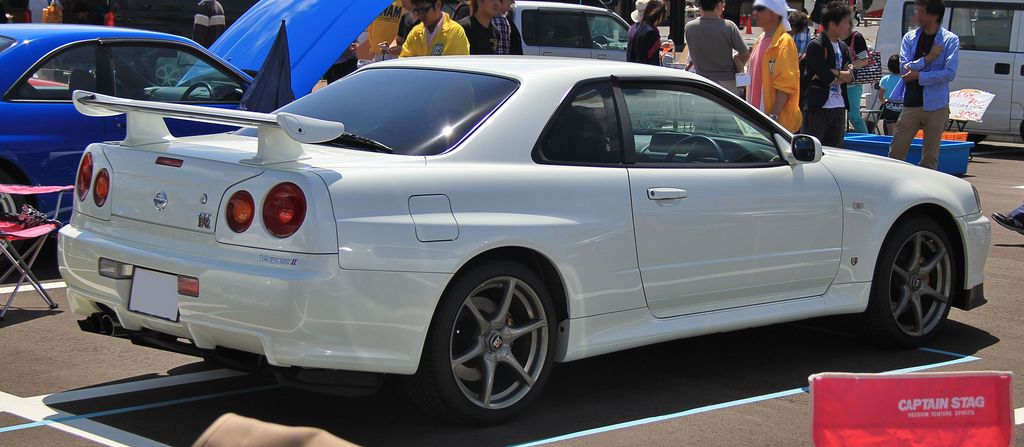
12. **Nissan GT-R**Alright, performance junkies, get ready for a machine that lives up to its legendary nickname! Since its electrifying debut in 2007, the Nissan GT-R has unequivocally stood as a true performance powerhouse, consistently delivering thrills that could rival any exotic supercar. What makes it even more incredible? It offers this mind-bending performance at a price point that, while certainly not cheap, is far more accessible than its high-flying competitors. Talk about getting serious bang for your buck!
This beast isn’t just about raw power; it’s a masterclass in advanced technology and engineering precision. Beneath its muscular hood, you’ll find a sophisticated all-wheel-drive system that grips the road like a superhero, and a powerful twin-turbocharged engine that roars to life with astounding force. It’s no wonder car enthusiasts around the globe affectionately bestowed upon it the epic nickname “Godzilla.” This car doesn’t just drive; it devours the road, leaving a trail of awe and adrenaline in its wake.
The GT-R’s impact on the high-performance sports car market has been nothing short of significant, shaking up established brands and forcing them to re-evaluate their own offerings. It didn’t just join the ranks of elite sports cars; it challenged them, setting incredible new standards for what’s possible in terms of both exhilarating performance and undeniable value. It’s a testament to Nissan’s relentless pursuit of innovation, creating a modern legend that continues to inspire and redefine what a true driver’s car can be. Absolutely legendary!
Car Model Information: 2018 Nissan GT-R Premium
Name: Nissan GT-R
Manufacturer: Nissan
ModelCode: R35
Production: December 2007 – March 2025
ModelYears: 2009–2024 (North America)
Assembly: Kaminokawa, Tochigi
Designer: unbulleted list
Class: Sports car
BodyStyle: 2+2 (car body style)
Layout: front-engine, four-wheel-drive layout
Platform: Nissan Premium Midship
Related: Nissan Juke-R
Engine: Nissan VR engine#VR38DETT,V6 engine
Powerout: unbulleted list
Abbr: on
Order: flip
Transmission: BorgWarner
Wheelbase: 2780 mm
Length: unbulleted list
Width: unbulleted list
Height: unbulleted list
Weight: unbulleted list
Predecessor: Nissan Skyline GT-R (R34)
Sp: uk
Categories: 2010s cars, 2020s cars, All-wheel-drive vehicles, All articles with unsourced statements, Articles with hAudio microformats
Summary: The Nissan GT-R (Gran Turismo–Racing; model code: R35; Japanese: 日産・GT-R; Nissan GT-R) is a series of cars built by Japanese marque Nissan from 2007 to 2025. It has a 2+2 seating layout and is considered both a sports car and a grand tourer. The engine is front-mid mounted and drives all four wheels. It succeeds the Nissan Skyline GT-R, a high-performance variant of the Nissan Skyline. Although this model was the sixth-generation to bear the GT-R name, it is no longer part of the Skyline line-up. The car is built on the PM platform, derived from the FM platform used in the Skyline and Nissan Z models. Production is conducted in a shared production line at Nissan’s Tochigi plant in Japan.
As per Nissan’s intention of creating a world beating sports car, the GT-R brand was revived as part of the Nissan Revival Plan. Overall development began in 2000, following seven years of development and testing, including the introduction of two concept models in 2001 and 2005. The production version of the GT-R was unveiled at the 2007 Tokyo Motor Show. The GT-R is a brand-new car built on the PM platform, and featured innovative concepts and technologies, such as advanced aerodynamics, the VR38DETT engine, an active suspension system and the ATTESA E-TS Pro all-wheel-drive system, making it the first ever rear mounted independent transaxle all-wheel-drive vehicle. It is one of the first production cars to feature launch control and a dual-clutch transmission as well. The overall body is made out of steel, aluminium and carbon-fibre. In 2009 it set a record for the fastest accelerating 4-seater production car.
The GT-R is offered worldwide, unlike its predecessors which were sold in a limited number of markets. It received various facelifts and updates to be up to date with the competition, and several special editions were also offered during its prolonged production span. The car is used in motorsports, notably winning championships in the FIA GT1 World Championship, Super GT and in various GT3 racing series, including the GT World Challenge. It is well received among enthusiasts and automotive publications as well, British motor magazine Top Gear named it as “one of the most incredible cars of any kind ever built”, due its exceptional performance and practicality given at an affordable price. Being one of the fastest production cars, it has won numerous notable accolades such as the World Performance Car of The Year among many others.
Sales in the Australian market were discontinued due to new side impact regulations. The European market, including the United Kingdom, were also similarly suspended, due to newly implemented noise regulations. Sales in North America ceased in late 2024, while production in Japan and other markets were discontinued in March 2025, ending production of the GT-R after 18 years.
Get more information about: Nissan GT-R
Buying a high-performing used car >>>
Brand: Nissan Model: GT-R
Price: $113,995 Mileage: 26,582 mi.
Read more about: America’s FWD Pioneer: The Ruxton and The Century-Long Quest for Front-Wheel Drive Innovation
Whew, what an amazing journey through automotive history! From the revolutionary Model T to the electrifying Model S, each of these 12 vehicles has done so much more than just transport us; they’ve been symbols of change, freedom, aspiration, and pure unadulterated joy. They’ve sparked conversations, fueled dreams, and created countless unforgettable memories for generations of drivers. So, which one made you feel the most nostalgic? Or maybe, which one was *your* first car? Share your stories, because every car has a tale, and every tale is worth telling! This is what truly defines a generation – the cars that moved us, literally and figuratively. Keep those wheels turning, and keep those memories revving!



